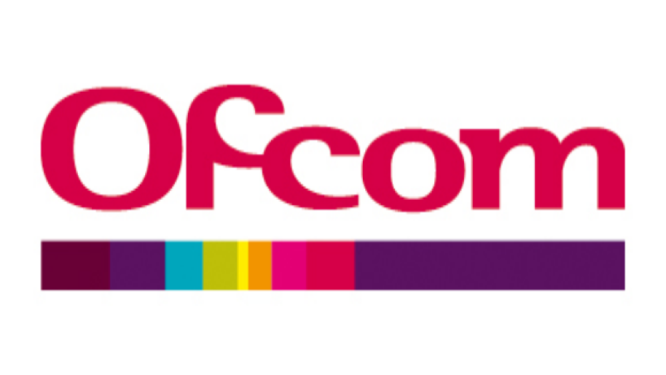
By Emmanuel Oluebube, Bureau Chief, United Kingdom
Ofcom has provided the Government with a report on the future of TV distribution.
Cyber Era NG learns this is in response to a request from the Department for Culture, Media and Sport (DCMS) in 2022 for Ofcom to carry out an early review of market changes that may affect the way content reaches audiences on Digital Terrestrial Television (DTT).
States Ofcom: “Taking account of responses to our earlier call for evidence, research into audience behaviours and analysis of commercial dynamics, our report outlines:
- people are spending less and less time watching TV broadcast over DTT;
- changing audience habits and rising costs could force a tipping point within the next decade where investment in DTT cannot be sustained – undermining the platform for those who rely on it; and
- three broad approaches that could sustain the universal availability of TV services.
The market now
In recent years there has been a radical shift in people’s viewing habits. TV is increasingly being viewed online, driven by the mass take-up of broadband, a range of different devices, new platforms and ways to consume content. The average person spent 25 per cent fewer minutes per day watching broadcast TV in 2023 than in 2018.
“The trend is expected to continue, with watching on scheduled TV channels through Digital Terrestrial Television and satellite forecast to drop from 67 per cent of total long-form TV viewing in 2022, to 35 per cent by 2034 and 27 per cent by 2040. Much of that remaining viewing will be done by households that rely solely on DTT, which are more likely to include people who are older, less affluent or have a disability.
Industry anticipates tipping point for DTT
Broadcasters are paying to distribute their content both online and via traditional infrastructures like DTT with costs rising. The less time people spend on DTT, the less cost effective per viewer it is.
For the first time, many broadcasters have told us that they foresee a tipping point at which it is no longer economically viable to support DTT in its current form.
“To date, the significant migration of audiences online has been organic. Were this transition to continue ‘unmanaged’, there is a real risk that the DTT platform could be left unsupported. If those organisations that sustain the DTT ecosystem see a weaker case for new investment, they are likely to seek to cut costs. This could mean, for example, removing HD from Freeview, or reducing the number of channels the platform can broadcast – but without support for those viewers who rely on DTT to access those services over the internet.
Approaches to delivering universal TV in future
While we found that there is widespread support across the sector for TV services continuing to be available to all, with a strong offering from public service broadcasters, there is no shared view about how to achieve this.
A clear vision and careful planning for the long term are needed. We have set out three broad approaches. Each model has particular challenges and involves commercial or public policy trade-offs.
1. Investment in a more efficient DTT service – a more efficient, but full DTT service could be an option if audience scale and investment could be sustained over the 2030s. This option may well include supporting audiences with new equipment for more efficient broadcast signals.
2. Reducing DTT to a core service – the DTT platform could retain a minimum number of core channels – for example the main public service and news channels. This would mean viewers mainly using the internet to access TV services, while also maintaining infrastructure that could deliver radio or TV, including if there are internet outages. It could be done as a temporary transition to a fuller switch off or remain indefinitely as a provider of last resort.
3. Move towards DTT switch-off in the longer term – a planned campaign to ensure people are confident and connected with internet services, so DTT could be switched off. It would take careful planning to ensure universality of public service media, with support for people so that no-one is left behind. This could have wider benefits for digital inclusion in other areas of society.
“Considering the needs of all audiences must be at the heart of any chosen approach, and our report today signals no preference for any particular option. In all cases, the broadcast and broadband industries would need to work with Government to set a common vision for how to deliver universal TV services in future, followed by detailed planning. An inclusive transition would take 8-10 years, so it is welcome that Government is considering these issues now so industry can be ready for any changes by the early 2030s.
Ofcom’s Director of Strategy and Policy, Ed Leighton said: “Digital Terrestrial Television faces big long-term challenges and audiences who rely on it deserve a solution that is sustainable and fit for the future. It requires a new vision and planning across industry and Government.
“We’ve set out three broad approaches for how this could be achieved in the long term, and we’ll continue to support Government with further analysis as it considers options for the future”.



